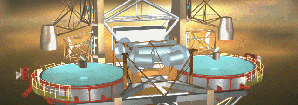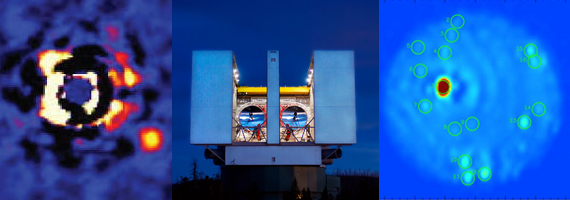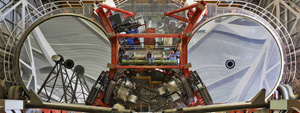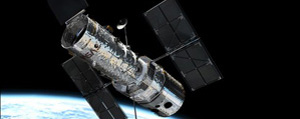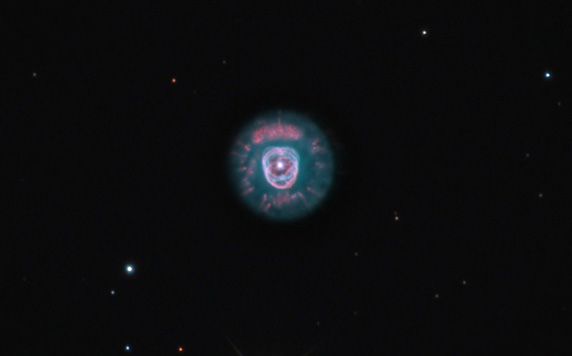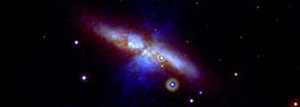Professor Phil Hinz, the P.I. of the LBTI instrument, has reported progress on a variety of fronts (complete with some amazing scientific pictures). His words follow:
First, in late April the LBTI project was reviewed by an independent panel, convened by NASA, for readiness to proceed to nulling operations. The panel has given LBTI a "pass" with only minor items to address. As part of the review the LBTI team demonstrated the ability to detect dust around nearby stars with typical uncertainties of 12 times the zodiacal dust in our own solar system. In fact, LBTI has a positive detection on an example star where the level is ~90 +/-8 zodies. The performance is approximately 12 times more sensitive than the Keck Interferometric Nuller.
Again, in late April, the LBTI team released results of LBTI imaging interferometry of Io. This shows the capabilities of LBT with ELT-like resolution. As part of this we resolved the volcano Loki, on Io, detecting it as a ring of lava emission. You can read more about it HERE.
This release follows on two previous science results from this spring: one from a couple weeks ago for the planetary system around HR 8799, where the LBTI team constrains the presence of inner planets (and showcase a very impressive image of the system), and one from earlier this spring where they constrained the spatial location of the inner dust disk around η Crv, using early nulling results with LBTI.






